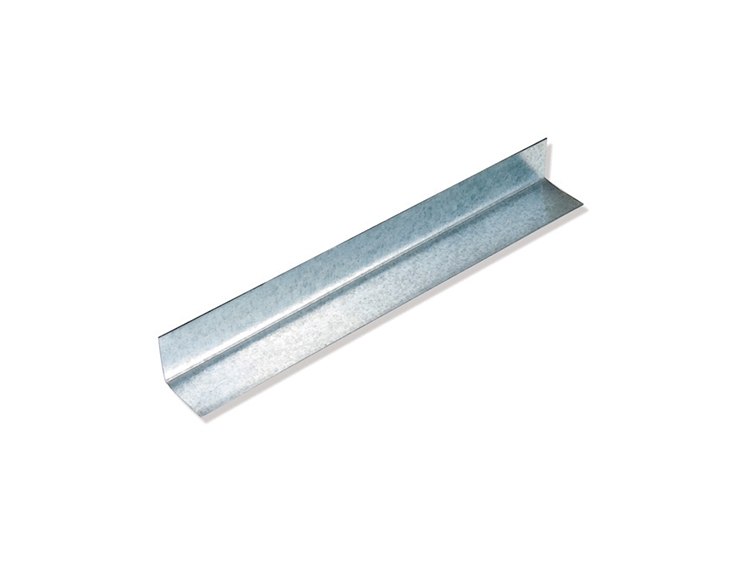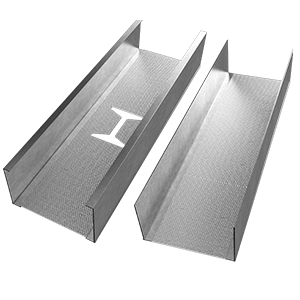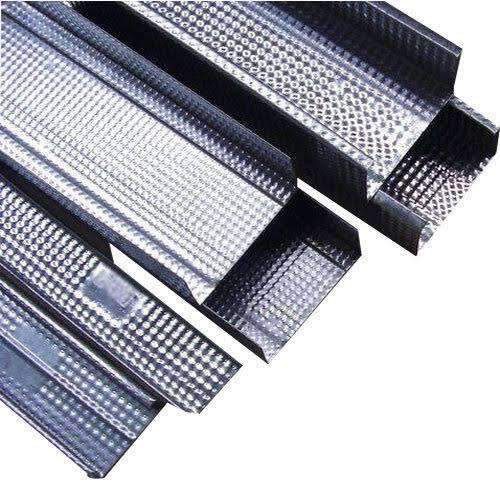"Angle iron (L25) This type of structure is used as a primary component to define the level of a false ceiling or the alignment of a wall. A significant feature of L25 angle iron is its high flexibility, making it easy to implement complex and decorative designs. This type of structure is widely used in modern architectural projects, especially for specific and decorative designs."

"Runner"
A runner is another type of galvanized profile that determines the alignment of walls and the level of self-supporting false ceilings. This profile is usually installed before the stud and acts as a support for the stud.
Flange widths of runners: 50, 70, and 100 millimeters Runners are used as a base for constructing strong and accurate walls.

"Stud"
A stud is a type of C-shaped profile with a sheet thickness of 0.6 millimeters. It primarily serves two roles:
- Vertically in walls: Studs are installed vertically within walls to provide support.
- Horizontally in self-supporting false ceilings: Studs are installed horizontally in self-supporting false ceilings to provide support.
Studs are installed at intervals of 30, 40, and 60 centimeters and gypsum panels (or other coverings) are screwed to them.
Stud widths: 50, 70, and 100 millimeters

"Galvanized profiles, such as angle irons, runners, and studs, are fundamental components in the construction of drywall and suspended ceilings. The use of these structures not only increases strength and precision in execution but also enables diverse and functional designs. Choosing the right profiles based on project needs can significantly impact the final quality of the structure."